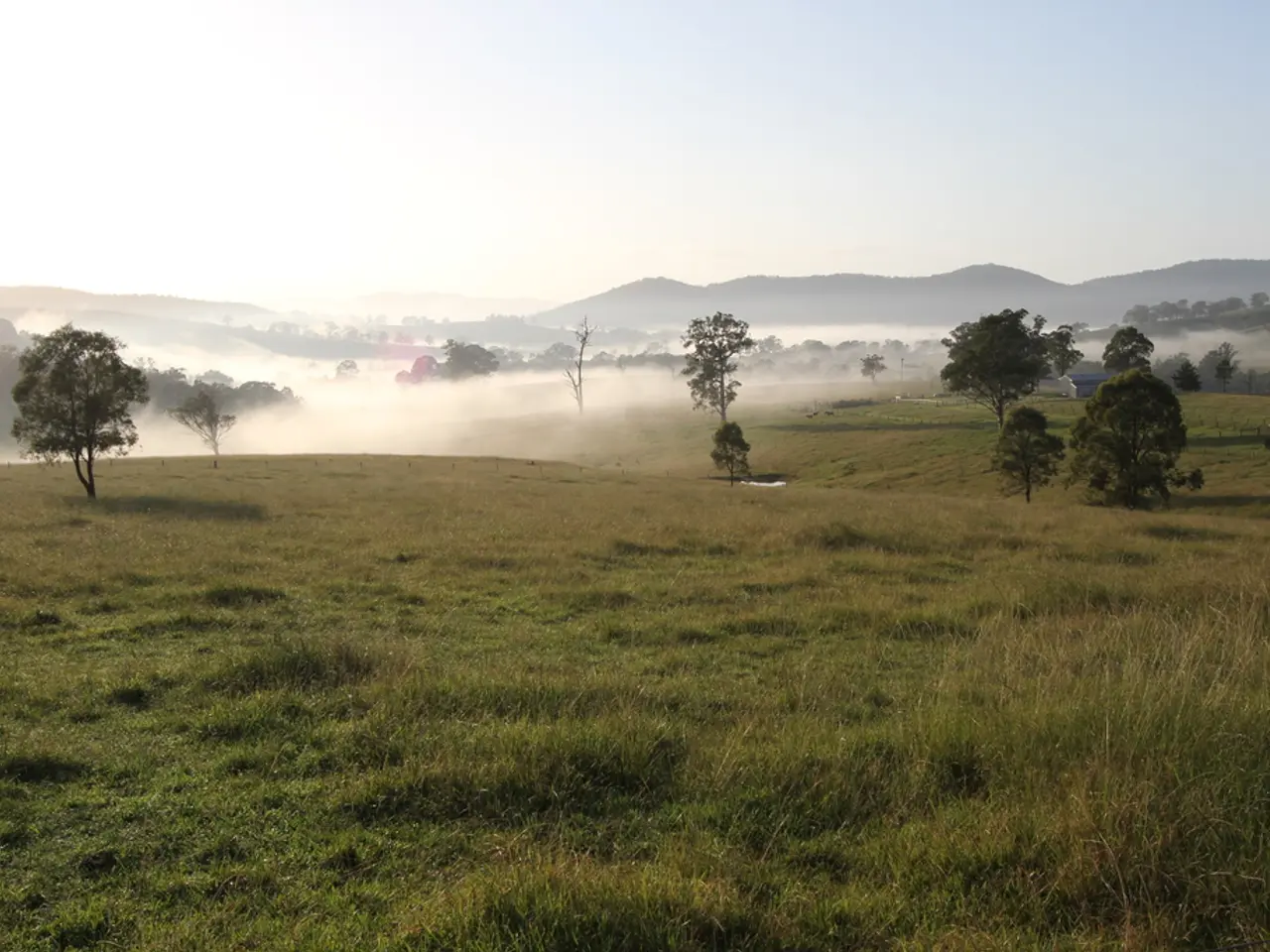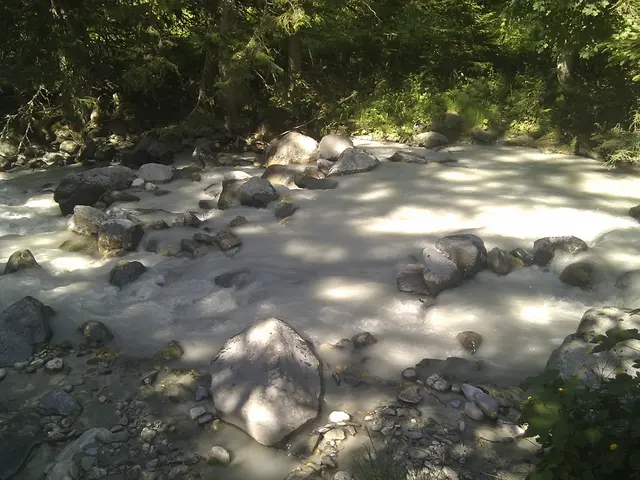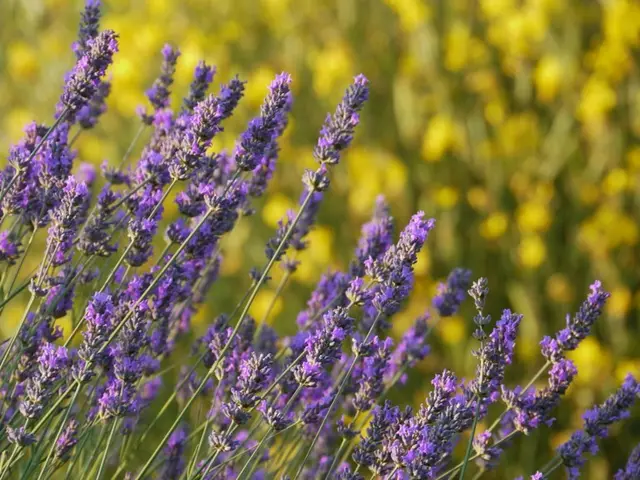Landscaping Manual and Timeframe for the Southeast Region
In the Southeastern United States, homeowners can enjoy lush and vibrant lawns by understanding the specific needs of warm-season and cool-season grasses.
Warm-season grasses, such as bermuda or zoysia, thrive during hot, dry summer months. These grass species should be fertilized once a year in late spring with a high nitrogen fertilizer (e.g., 4-1-2). Aeration is also essential for warm-season grasses, which should be done prior to fertilizing in late spring.
On the other hand, cool-season grasses, like fescue and bluegrass, grow best in the spring and fall. These grasses should be fertilized once a year in the fall with a high nitrogen fertilizer. Aeration for cool-season grasses is best done in the fall as well.
It's important to note that soil tests performed by local extension agents can determine the right type of fertilizer for Southern lawns, ensuring optimal growth and health.
Lawn care in the Southeastern US also involves proper mowing. The recommended mowing height for warm-season grass in the southern US is typically between 1.5 to 2.5 inches. Proper mowing involves cutting no more than the top third of grass blades, and the optimal time to cut depends on the grass species' height.
Watering is another crucial aspect of lawn care. Proper watering involves watering deeply and only when the lawn shows signs of drought stress. Visible footprints on a lawn can indicate that it's being watered too infrequently. During dry spells, warm-season grass may go dormant and turn brown but will bounce back with more frequent rain showers. Cool-season lawns, however, are more likely to suffer damage or perish without supplemental water during dry spells.
Thatch build-up can be a common issue in lawns. Thatch build-up can be prevented through proper lawn maintenance, including not over-fertilizing. Small areas of thatch build-up can be removed by hand-raking, while a rented power rake can be used for larger areas.
The screwdriver test can be used to determine the penetration depth of water in the soil after irrigation. If the screwdriver test indicates difficulty in pushing the screwdriver into the ground, the soil is dry.
Local extension agents are a valuable resource for homeowners seeking information on which type of grass to plant or how high to cut the species of grass already in the yard. Laura Miller, an expert in gardening, vegetables, and edible plants, encourages homeowners to consult their local extension agents for personalized advice.
By following these guidelines, homeowners can maintain beautiful and healthy lawns in the Southeastern US.




